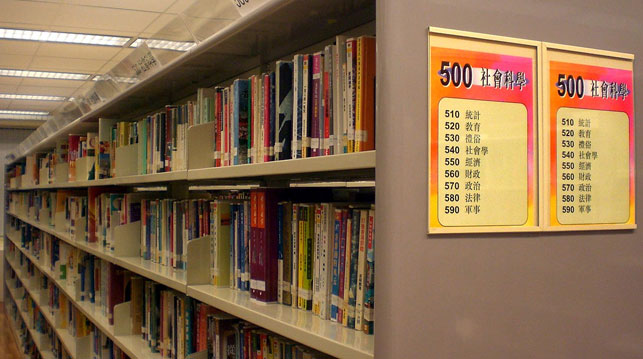
You’ve done the research, and now it’s time to make sure you use it correctly. That means writing citations. Including proper citations is most likely a significant part of the grade you will receive. Even if you’ve got strong writing skills, your grade will suffer if your citations are bad. Also, if you don’t cite your sources and your instructor considers your actions a case of plagiarism, you could get in significant trouble—assignment or course failure or even worse.
Don’t forget, a properly formatted paper with citations makes you look smart and proves what you know. It’s like wearing a suit to a job interview.
No matter how much you actually know, if you express yourself with a bunch of mistakes, what you say gets muddied and your greatness cannot shine through.
Get a free sample proofread and edit for your document.
Two professional proofreaders will proofread and edit your document.
Here are some tips to help make the process of writing citations enjoyable, or at least painless:
- Be sure you know what style guide you should use in formatting your citations. Consult your syllabus or ask your professor if you are not sure. The most commonly used style guides are:
- MLA (Modern Language Association): used in humanities and the liberal arts, especially in languages and literature
- APA (American Psychological Association): used in the social sciences, including nursing, psychology, and education
- The Chicago Manual of Style (CMS): also used in the humanities and social sciences, including history
- Understand what it means to cite a resource. If you paraphrase (put another author’s ideas in your own words) or quote another author’s work, you must include an in-text citation and a reference listing for that resource on your Works Cited page (MLA), your References (APA), or your Bibliography (CMS). When quoting, do not forget to put quotation marks around the entire portion you take from the original.
- Use the right number of resources (your assignment guidelines will often specify this), and include the right amount of content from your resources in your paper. There is no magic number of citations, but one rule that works for people is to include one citation for each significant point made in a paper. Also, if the point you’re making is controversial, include what citations you can.
- Look at examples of in-text citations; they will help you understand how your citations should look. Get your hands on the actual book form of the style guide you are using, or look at one of the many good online resources (such as the Purdue Owl). Here are a few basic examples to get you started:
MLA uses author-page number format: (Smith 101)
APA uses author-date format: (Smith, 2014, p. 101)
CMS uses author-date format: (Smith 2014, 101) or notes and bibliography, which involves footnotes. These footnotes should include all information about a resource if it’s the first reference to a source and can be in short form after that; you’ll need a good guide or citation samples to do these.
- Look at examples of reference lists and make sure to write them correctly for the type of resource they are. Some common resource types include books, journal articles, and websites, but there are many others. The following APA examples show you how the type of resource affects the citation format:
- Journal article: Smith, J. (2014). “Laundry: A beginner’s guide.” Journal of Housework 19(1), 5–15.
- Book: Smith, J. (2014). Laundry: A beginner’s guide. Detroit: Household Publishers.

- This is really important: write your citations as you write your paper. Keep the resources you are citing from by your side as you write the listings, and do not wait until you’ve finished your paper to write them. You may be out of steam at that point, and writing a good reference list or bibliography requires you to be attentive to details. You need steam for this, so “Write like a pro, cite as you go!”
Remember, there’s a learning curve to writing good, well-researched, and properly formatted papers, but if you start by getting the right style guide, planning ahead, and giving yourself plenty of time, you’ll be headed to the top of the class in no time.
Sarah P.
Get a free sample proofread and edit for your document.
Two professional proofreaders will proofread and edit your document.
